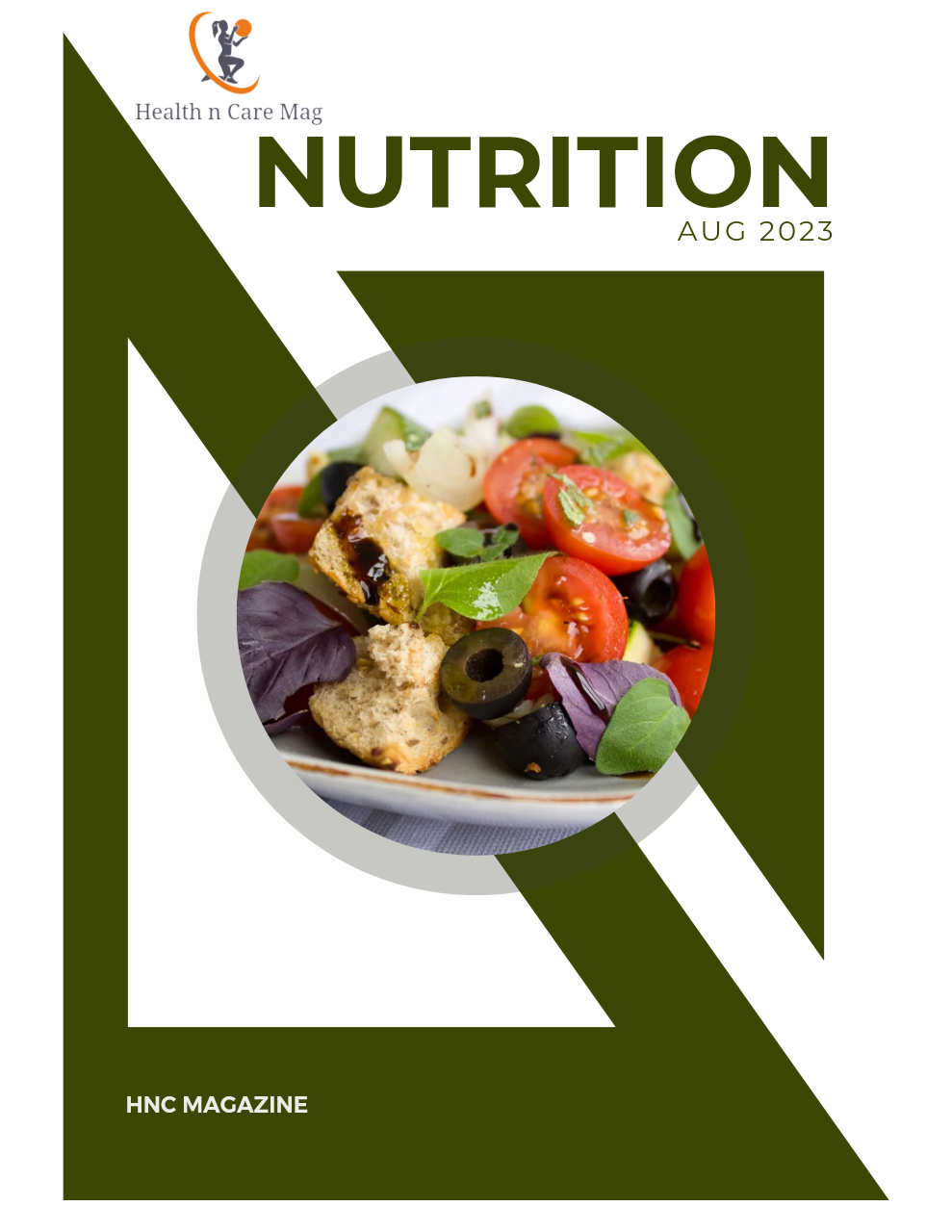Building An Herbal First Aid Kit
By Lawrence Reaves
Just about every household has a general first aid kit that is brought out when someone scratches, cuts, or burns themselves. While serious injuries should be treated at a hospital, less serious ones can be taken care of at home. There are many common herbal remedies that can be added to the contents of your household’s first aid kit. These simple remedies are highly affordable and highly effective. In addition to the bandages, antibiotic ointments, and burn lotion, make sure your first aid kit has some of the following.
An Herbal First Aid Kit
Burns are one of the most common injuries that occur around the home. The stove, oven, and iron are sources of very high heat and even cautious operators can burn themselves. Sunburn is something to be taken seriously, even in the winter. Did you know that sunlight reflecting off of white snow can cause a sunburn as bad as you’d get in the summertime? A topical treatment of aloe vera gel is a quick and simple way to relieve the burn sensation. This gel is available at drug stores and supermarkets in a tube similar to toothpaste or sunscreen.
Another helpful item to have in your herbal first aid kit is arnica; arnica products are available as a cream or gel. Topical arnica products are used to reduce the pain from bruises, sprains, and sore muscles. However, due to arnica’s circulation-stimulating properties, it should never be applied to an open wound. To treat wounds use a salve that contains calendula and comfrey. These two herbs have antifungal, antibacterial, and anti-inflammatory properties.
Essential oil of eucalyptus is a popular home remedy for relieving tough cold symptoms. Its bright, pungent scent is familiar to many people because eucalyptus is included in many medications bought over the counter. If the oil is to be rubbed on the skin, dilute it with witch hazel or another oil; to inhale the soothing vapors, add a few drops of the essential oil to a bowl of warm water and breathe in the steam.
Witch hazel, mentioned above, is an extract distilled from the simple green leaves of the plant. Rub a little bit of witch hazel on the skin to relieve the itch caused by insect bites. It has a mild antiseptic, astringent, and anti-inflammatory properties, too.
Building Your Herbal First Aid Kit
The herbal products that have a space in your household first aid kit are easily purchased at a natural food store, alternative medicine shop, or from a licensed herbalist. Herbal remedies are competitive in price compared to their conventional counterparts, so you won’t have to spend a lot to stock your new kit.
Using Herbs to Your Advantage
Before you use any herbal remedy, you should learn a little bit about its contents. While herbs can be very effective treatments, there is always the possibility of an unexpected reaction; just as some people don’t tolerate latex bandages or certain ingredients in conventional burn creams, there will be a few people for whom herbal remedies are not recommended. To get the most out of your herbal first aid kit, talk with a professional herbalist about the correct way to use and store your new remedies. That way, you’ll be well-prepared to handle any household injury.
Lawrence Reaves writes for Solstice Medicine Company, an online store that sells traditional chinese medicine for those who want relief from problems such as arthritis, allergies, or muscle pain. To learn more about traditional chinese medicine click here.



